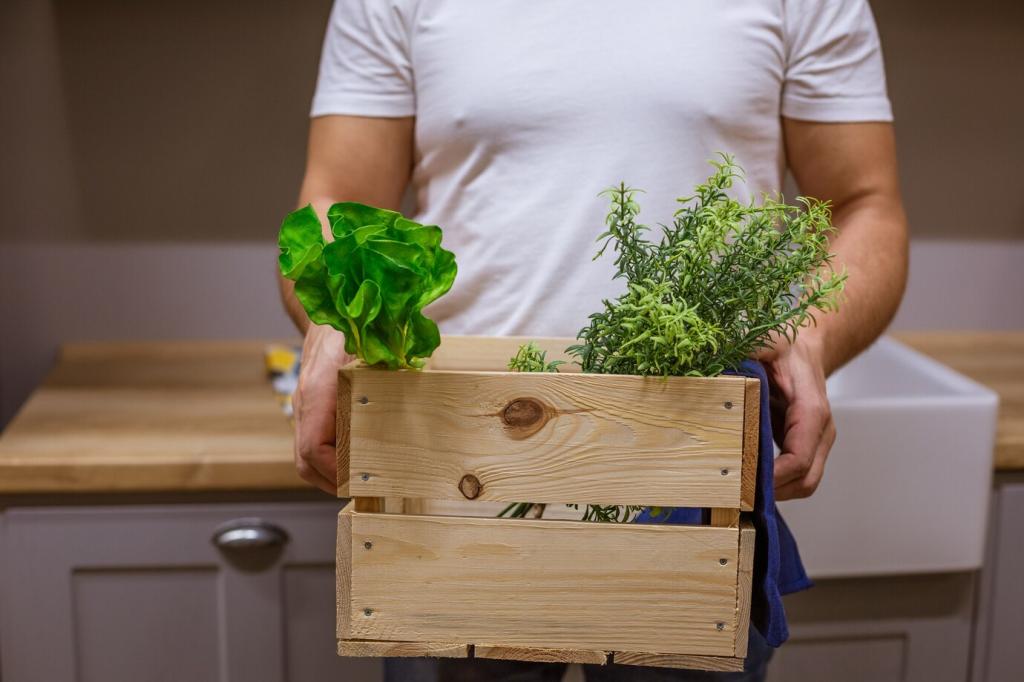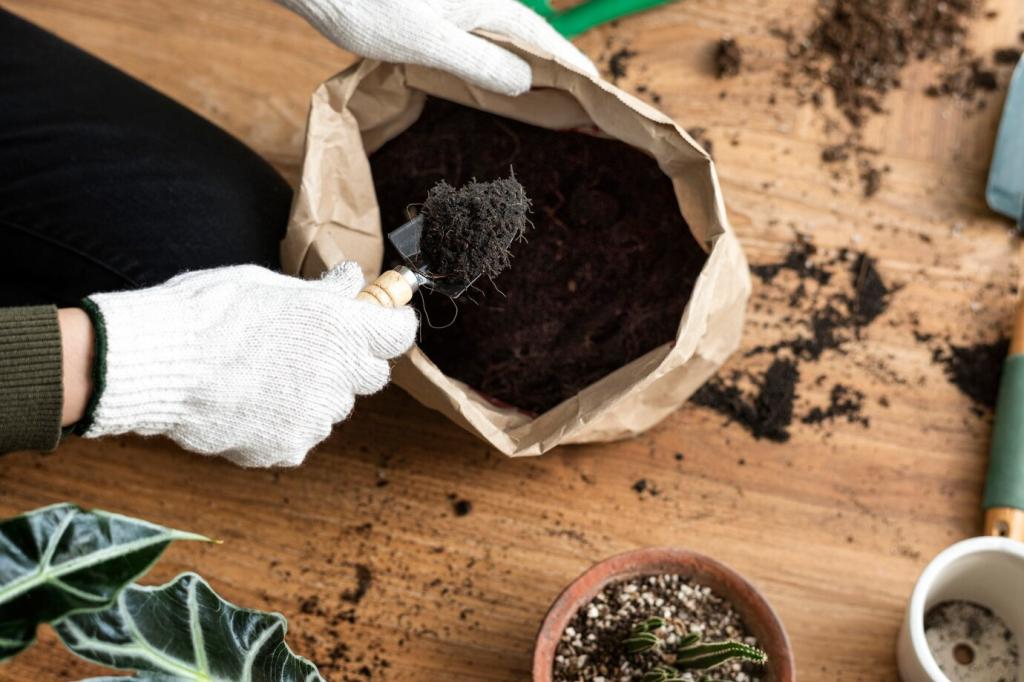
Troubleshooting Common Compost Bin Issues
Today’s chosen theme: Troubleshooting Common Compost Bin Issues. Welcome! If your bin smells funky, stalls out, or attracts fruit flies, you’re in the right place. Dive into practical fixes, real-life stories, and science-backed tips, then subscribe and share your own wins to help fellow composters thrive.
Beat the Stink: Odor Diagnosis and Fast Fixes
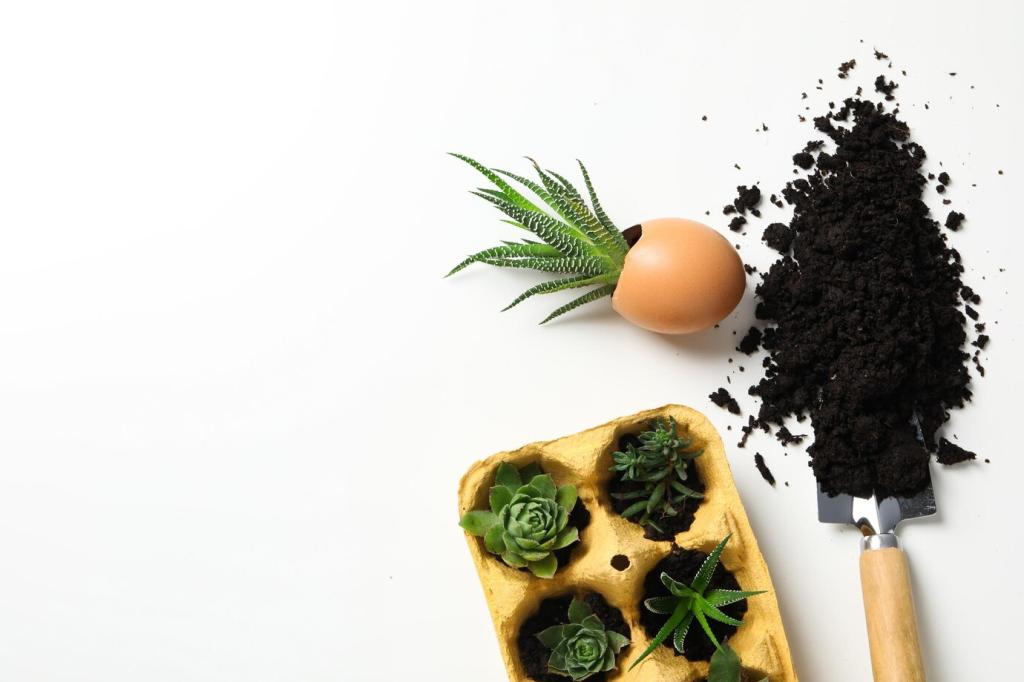
Find the Source of the Smell
Rotten egg or sewer odors often mean anaerobic conditions, usually from too much moisture or tightly compacted materials. Fishy or acrid smells can point to excess nitrogen. Lift the lid, gently aerate a core sample, and note texture, warmth, and visible slime to guide your next move.
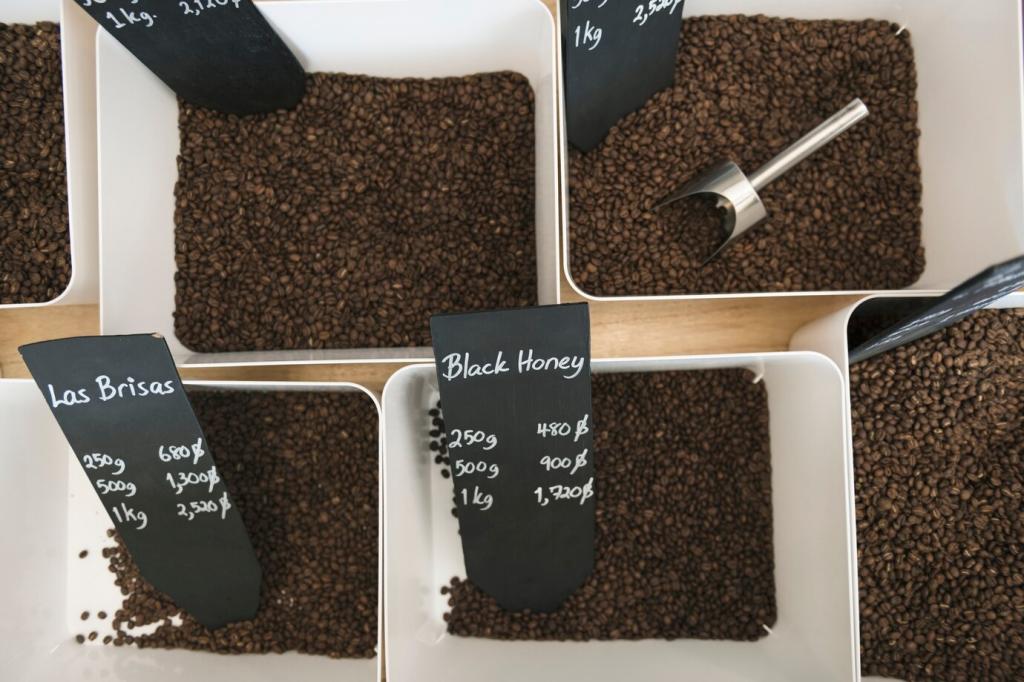
Add Browns, Fluff the Pile, Restore Balance
Mix in dry browns—shredded cardboard, autumn leaves, or wood shavings—to soak up moisture and rebalance carbon. Break apart clumps with a fork, create air channels, and add a layer of browns on top. Most odor problems improve dramatically within a day or two after aeration and layering.
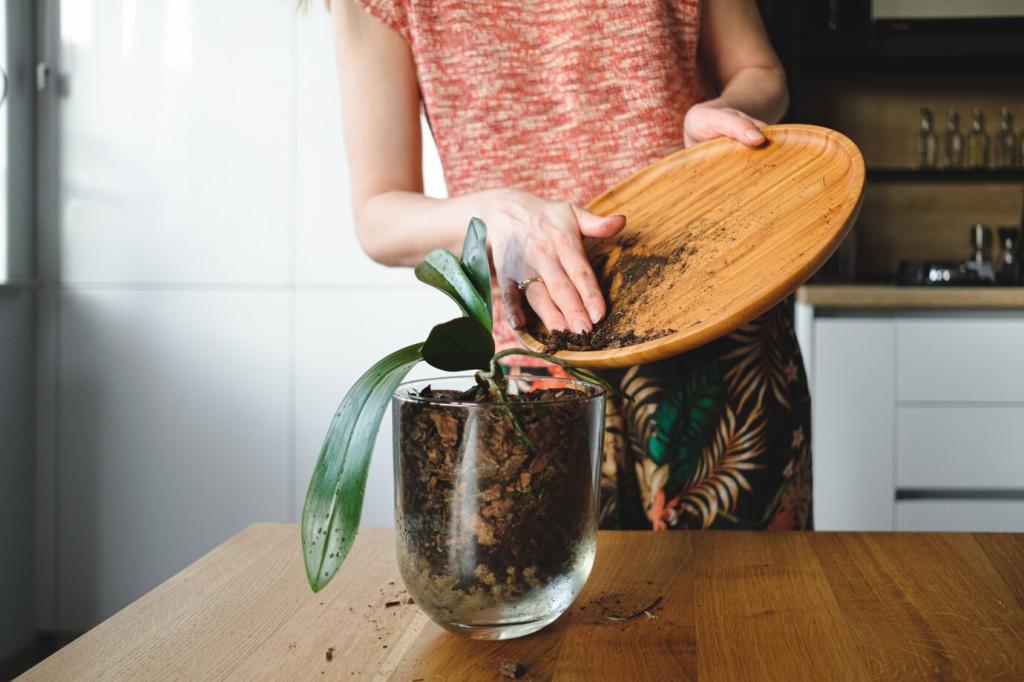
Prevent Odors with Smart Habits
Chop food scraps smaller, always cover greens with browns, and avoid dumping liquids. Keep a bucket of dry leaves near the bin for easy layering. Set a weekly aeration reminder and share your routine in the comments—your simple habit may become someone else’s favorite fix.
Pest and Fruit Fly Control Without Harsh Tricks
Seal, Bury, and Layer to Stop Fruit Flies
Fruit flies thrive on exposed scraps. Bury kitchen waste at least 10–15 cm deep beneath a generous brown cap. Freeze peels before composting to disrupt eggs, and add a final top layer of leaves after every deposit. Notice fewer flies? Tell us what layering combo worked best for you.
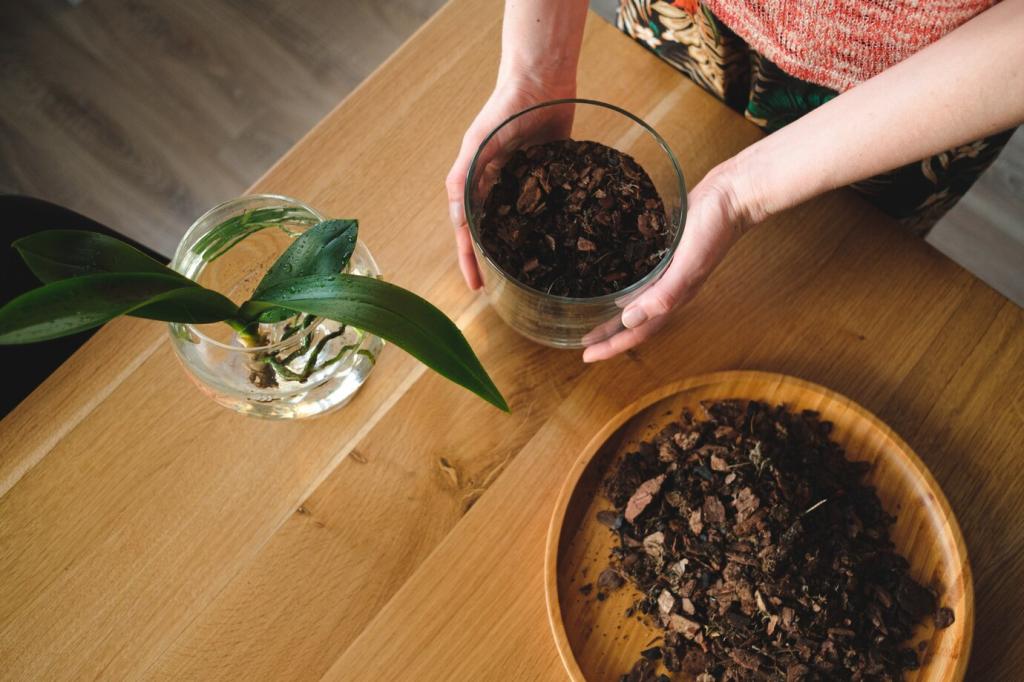
Moisture and Air: The Balancing Act
Grab a handful and squeeze. A well-balanced mix feels like a wrung-out sponge—moist, with only a drop or two escaping. If water streams out, add browns. If it crumbles and dusts, add greens or a splash of water. Simple, tactile checks beat any gadget for fast feedback.
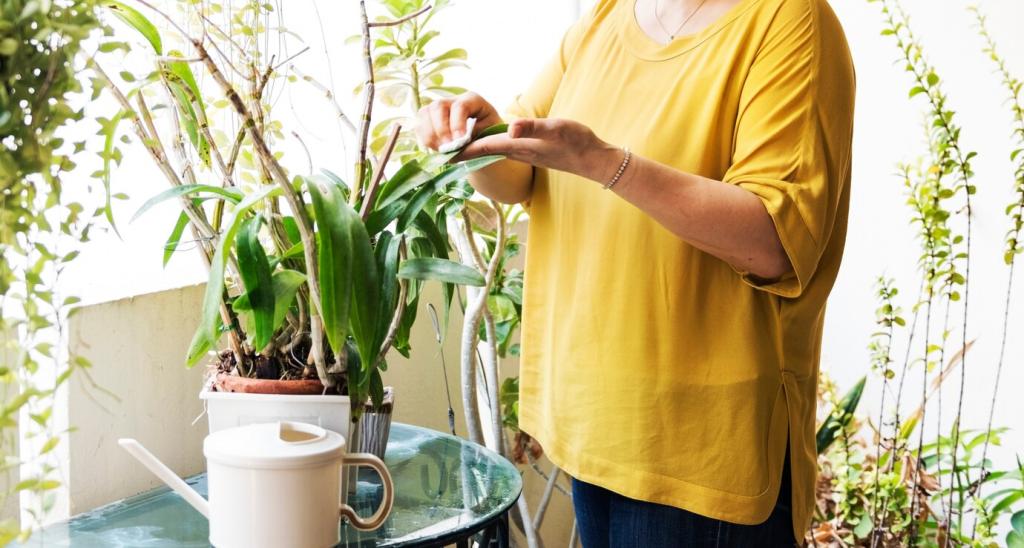
Moisture and Air: The Balancing Act
Turn from the edges toward the hot center, lifting and folding to introduce oxygen without compressing the core. Insert perforated PVC pipes or sturdy sticks to create passive air tunnels. Turning little and often beats occasional overhauls, and your back will thank you for it.
When the Pile Stalls: Speeding Up Slow Decomposition
Aim for roughly 2–3 parts browns to 1 part greens by volume. Greens supply nitrogen; browns add structure and carbon. If the pile is sluggish and pale, sprinkle in coffee grounds or fresh grass. If it’s slimy, flood it with shredded leaves and fluff thoroughly.
When the Pile Stalls: Speeding Up Slow Decomposition
Shred materials to increase surface area, then build a batch at least one cubic meter to retain heat. A compost thermometer helps target 54–66°C for hot composting. If temps lag, add a thin layer of high-nitrogen inputs and turn gently to reintroduce oxygen without cooling excessively.
When the Pile Stalls: Speeding Up Slow Decomposition
A shovel of finished compost or healthy garden soil inoculates your pile with diverse decomposers. Avoid chemical accelerators; biology works better. One reader revived a stubborn heap by mixing in pumpkin innards and stale brewer’s grains—two days later, steam billowed at every turn.
White Fuzz and Actinomycetes Are Often Good
Thin white filaments frequently belong to actinomycetes, beneficial decomposers that help break down tough lignin and give compost that earthy smell. If growth appears dry and webby, celebrate—your pile is maturing. Pair this with moderate warmth and you’re on track for rich, dark humus.
When Mushrooms Make an Appearance
Mushrooms are decomposers too, sprouting when conditions suit their spores. Pluck caps if you don’t want them, then turn and rebalance moisture. They often fade as materials become uniform. Fascinatingly, log-based fungi can pass through bins, building soil structure while quietly untangling woody fibers.
Spotting Trouble: Slimy Mats and Sour Films
If you see greasy layers, black sludge, or smell sourness, oxygen is scarce. Break apart the mass, add structured browns, and stir air into the core. Consider adding sticks for channels. Have a photo-worthy before-and-after? Post your results to inspire others tackling the same mess.
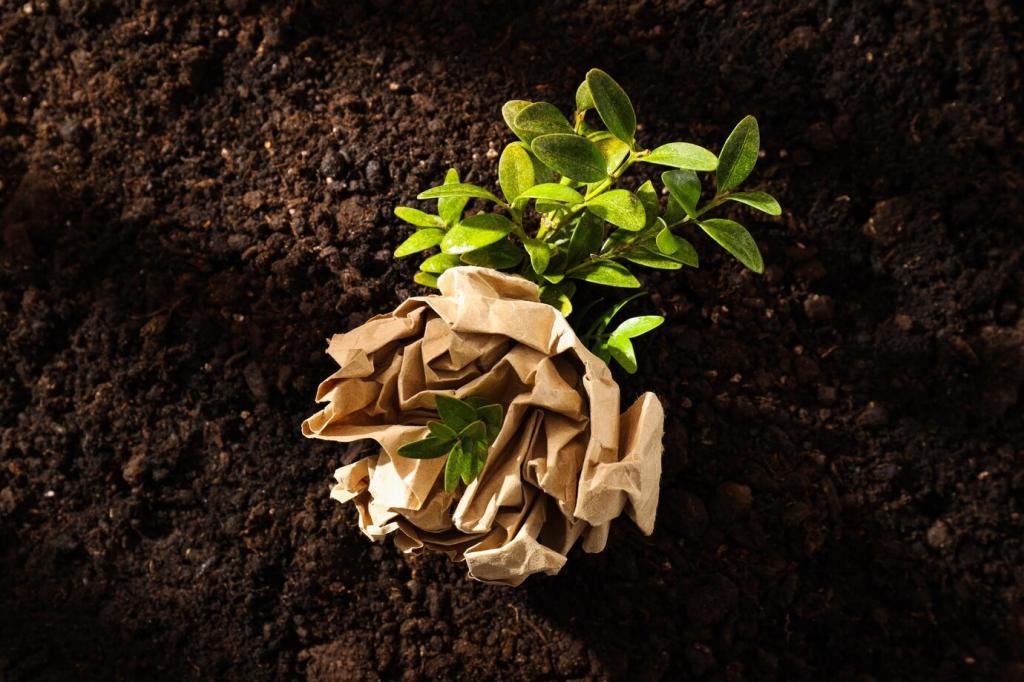
Leachate, Messy Paths, and Keeping Peace with Neighbors
Add a base layer of coarse browns—wood chips or straw—to capture excess moisture. If leachate appears, thicken the carbon mat and elevate the bin slightly on bricks. A shallow trench filled with chips can absorb spills, protecting soil life while preventing slippery, smelly puddles.
Leachate, Messy Paths, and Keeping Peace with Neighbors
Establish a clear working area with pavers or mulch so cleanups are easy. Keep a stiff brush and a watering can nearby for quick swish-and-sweep sessions. Regular tidying takes minutes but prevents build-ups that trigger complaints. Share your fastest cleanup routine for rainy-day emergencies.
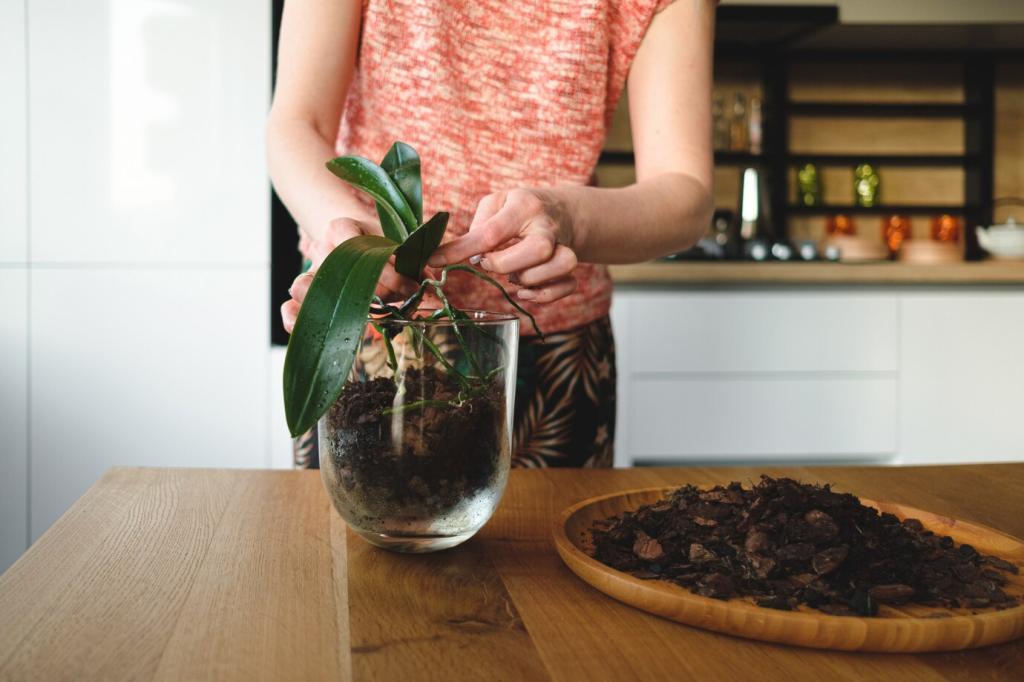


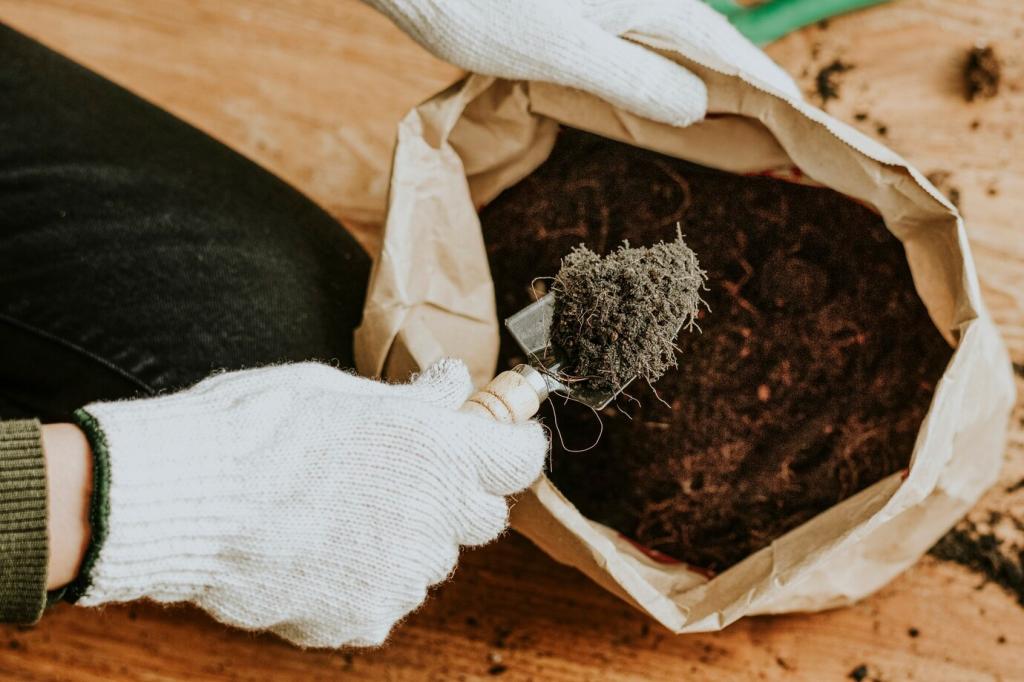
Weeds, Seeds, and Plant Diseases: What to Do
To neutralize most seeds, maintain hot compost temperatures above 60°C for several days and turn to ensure all zones heat. If your pile runs cool, avoid adding mature seed heads. Label batches by date and use hotter, well-managed compost where you worry about re-sprouting.
Weeds, Seeds, and Plant Diseases: What to Do
Fungal blights and wilts can survive cooler piles. When in doubt, skip them or hot-compost with strict temperature tracking and thorough turning. Never add diseased tomato vines unless you can verify sustained heat. Share your protocol—your cautionary tale could save a neighbor’s harvest.
